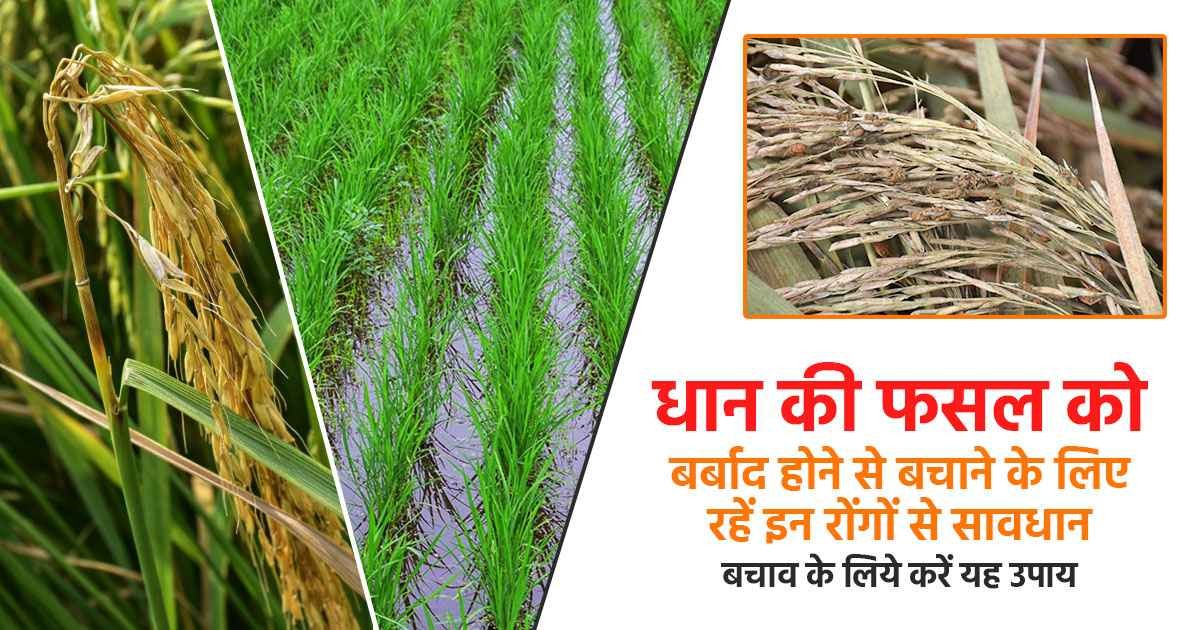Advertisement

The Kharif season has begun, and by mid-July, paddy transplanting is underway in several states. Farmers are busy planting rice, but after transplantation, crops can become susceptible to various diseases and pests, significantly affecting yield. Among these, the Cyperus rotundus weed, also known as purple nutsedge, can be particularly harmful.
According to the Assistant Development Officer at the Agricultural Center in Raebareli, paddy crops face threats from various diseases, pests, and weeds post-transplantation. Cyperus rotundus is a type of weed that hinders crop growth. Let's explore these threats and learn how to protect and enhance crop yield.
Symptoms of Cyperus Rotundus Infestation: Cyperus rotundus is characterized by green, triangular leaves and roots that penetrate deep into the soil, turning brown when dried.
Preventive Measures: This weed sprouts in paddy fields soon after transplantation. To safeguard your crop, perform weeding twice and apply insecticides. Farmers can protect their crops from Cyperus rotundus by spraying Pendimethalin 30 EC, Butachlor 50 EC, Pretilachlor, Oxadiazon, and Pyrazosulfuron-ethyl WP. Apply these chemicals three days after transplantation, following the advice of agricultural experts.
Symptoms of White Grub Infestation: White grubs thrive in warm and humid weather, feeding on plant roots and stunting their growth, causing plants to wither and collapse. These pests bore into the stems from the soil.
Preventive Measures: To combat white grub infestation, use dry ash from cow dung or cow dung cakes. Apply Furadan at a rate of 5 kg per acre.
Read More... Farmers can increase their Paddy Crops production by adopting new techniques and technology
Symptoms of Blast Disease (Karpa): Blast disease, commonly known as Karpa, affects plants from the seedlings to the grain stage, targeting leaves, stems, nodes, and panicles. It manifests as ashy spots with dark reddish-brown edges on the panicles. Wind can cause the panicles to break at the nodes or bases.
Preventive Measures: Choose disease-resistant seeds. Treat seeds with a solution of tricyclazole, carbendazim, or benomyl at 2 grams per kilogram of seed. Soak the seeds in the solution for 6 to 12 hours, then dry them in the shade before planting.